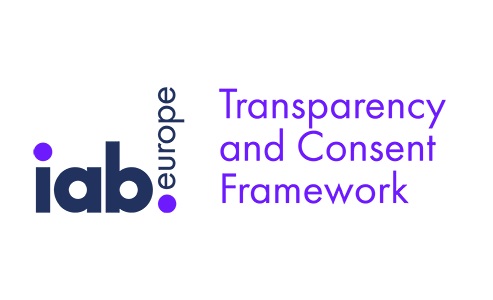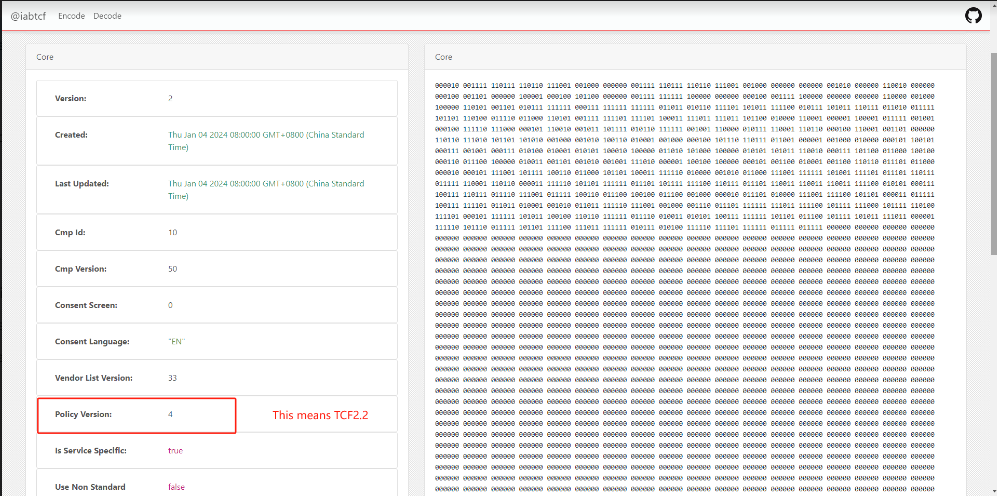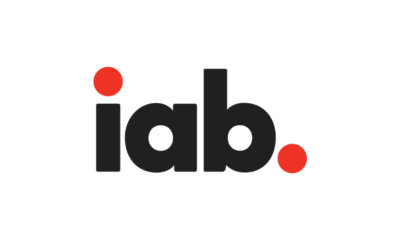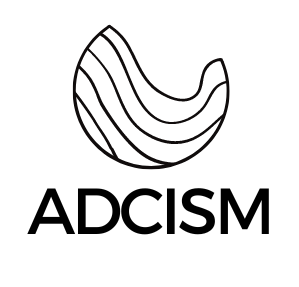Featured
How to find TCF String – Chrome Network Tab?

- Open the website: Visit the website where you want to inspect the TC String.
- Open Chrome DevTools:
- Windows/Linux: Right-click anywhere on the page and select “Inspect” or “Inspect Element.”
- macOS: Press Command+Option+I.
- Access the Network tab: Click on the “Network” tab in the DevTools panel.
- Filter for “tcf” requests:
- In the Network tab, click on the “Filter” bar and type “tcf” to narrow down the requests.
- Look for requests with names like “tcf_req.js” or similar, as these often contain the TC String.
- Inspect request headers:
- Click on the specific request that you think might contain the TC String.
- In the “Headers” section of the request details, look for a header named “Cookie” or “Set-Cookie.”
- The TC String will be within the value of this header, typically starting with “C” (e.g.,
C1234.5678.9012.3456.78..).

- Examine the TC String:
- Once you’ve found the TC String, copy it for further analysis or verification as needed.

Additional tips:
- Refresh the page: If you don’t see any “tcf” requests initially, refresh the page to trigger them.
- Clear filters: If you’ve applied other filters in the Network tab, clear them to ensure you’re seeing all relevant requests.
- Check multiple requests: The TC String might be sent in multiple requests, so examine a few to ensure you find it.
- Look for consent management platform (CMP) names: The TC String might also be found in requests related to the specific CMP used by the website.
Iabdecode: https://iabtcf.com/#/decode

Advertising
Chrome Says Cookie Crumbles: What You Need to Know about the Phase-Out

The internet is on the cusp of a major shift, and at the heart of it is Google Chrome’s decision to phase out third-party cookies. These tiny bits of data, long the workhorses of online advertising, are about to become relics of a bygone era. But what does this mean for you, the everyday web user? Buckle up, because we’re diving into the cookie jar to understand the implications of this sweet (or perhaps bitter) change.
Why the Cookie Crumble?
Third-party cookies have been under fire for years for their role in intrusive online tracking. They enable advertisers and other companies to follow your every click across the web, building detailed profiles used to target ads and personalize your experience. While this can be convenient at times, it also raises concerns about privacy and data rights.
Chrome, recognizing these concerns, is leading the charge towards a more privacy-focused web. Their goal is to replace third-party cookies with alternative solutions that allow for relevant advertising and personalized experiences without compromising user privacy.
The Timeline of Cookie Crumbling
The phase-out isn’t happening overnight. It’s a gradual process, unfolding in stages:
- Phase 1: Testing the Waters (January 2024): Currently, 1% of Chrome users globally are experiencing the cookie-less future firsthand. This testing phase allows websites and developers to adapt their practices and prepare for the wider rollout.
- Phase 2: The Rollout Begins (Late 2024): Expect to see a wider implementation of cookie restrictions throughout the latter half of 2024. This is where the impact for regular users might become more noticeable.
- Phase 3: Farewell, Third-Party Cookies (2025 and Beyond): By 2025, barring any unforeseen delays, we should see the complete removal of third-party cookies in Chrome. The new era of privacy-focused advertising and web experiences will be fully upon us.
What Does This Mean for You?
You might encounter some changes as the cookie era winds down. Here’s a glimpse:
- Fewer Targeted Ads: Prepare for less personalized ad experiences. While ads might still appear, they might be less relevant to your interests.
- Login Headaches: Websites that rely on third-party cookies for logins might require you to log in more frequently.
- Privacy Boost: You can breathe a sigh of relief knowing your online activity is being tracked less extensively.
The Future of the Web Cookie-Less
The phase-out of third-party cookies isn’t just about privacy. It’s about reshaping the internet into a more user-centric space. While challenges lie ahead, this shift holds the potential for a web that respects your privacy while still offering valuable experiences.
So, stay tuned as the cookie crumbles! The internet is in for a delicious makeover, and how it will taste… well, that remains to be seen. But one thing is certain: it’s time to ditch the cookie crumbs of the past and embrace a sweeter, more private future online.
Download Chrome here
-

 Ad Tech1 year ago
Ad Tech1 year agoWhat is Ad Stitching?
-

 1 year ago
1 year agoHow to verify TC String’s origin from a CMP participating in the IAB Transparency and Consent Framework (TCF)
-

 1 year ago
1 year agoConquering the Living Room: Top 5 Ad Servers for CTV Domination in 2024
-

 Ad Tech1 year ago
Ad Tech1 year agoAI on Advertising
-

 1 year ago
1 year agoCutting the Cord, Not the Ads: How OTT Advertising Works
-

 Advertising1 year ago
Advertising1 year agoChrome Says Cookie Crumbles: What You Need to Know about the Phase-Out
-

 Advertising2 years ago
Advertising2 years agoUnderstanding the IAB Content Taxonomy: Categorizing Content for Enhanced Advertising Relevance
-

 Ad Tech2 years ago
Ad Tech2 years agoXandr Advertising: Unlocking the Potential of Advanced Advertising Solutions






